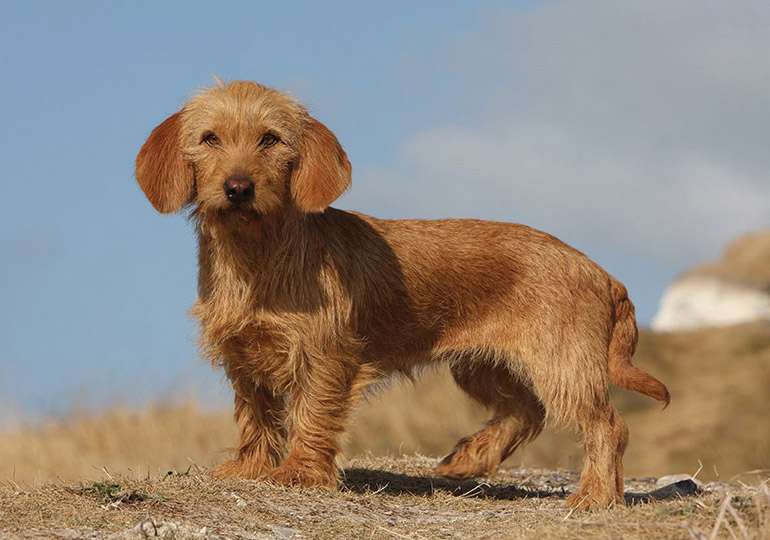
Little Lhasa apso dogs have enormous personalities. Lhasas are companion animals that have a tendency for being cautious of strangers and dedicated to their families. Lhasas, which were developed in Tibet as monastery guard dogs, normally don’t bark unless they have a good reason to, as when they hear something strange or when someone or something they don’t know is approaching. The American Kennel Club characterizes the Lhasa as having a happy, respectable, and aloof disposition. Although they do well as an only pet, lhasa apsos can get along with other animals if they are socialized with them from an early age. The Lhasa can be aggressive while defending owners and possessions because of its possessive nature.
Care as a Pet/ In Captivity

Food
Two times per day, give your Lhasa a half-cup of premium dry food. The amount should be adjusted based on the level of exercise, total weight, and health of your Lhasa. Choosing a dog meal with the fewest grains possible is advised because lhasas have trouble digesting grains. Meat should be prominently listed as an ingredient on the box. There is less in the product the lower on the list it is.
Grooming
Regularly groom your Lhasa apso. The long, smooth coat of a Lhasa apso is its most distinctive characteristic. This coat must be kept long in show dogs, requiring constant grooming and bathing. Lhasas who aren’t competing in shows can have their coats cut short, making the grooming procedure easier. Lhasas with long hair must be brushed every day to avoid matting and tangles. Wet the coat with a spray conditioner first. If your Lhasa’s coat isn’t entirely dry, never brush him. Give a long-haired Lhasa a bath once or twice every week. Trimmed Lhasas often don’t need as much care given to their coats. Only a few times per week should they be brushed, and every two to three weeks they should be bathed.
Table





